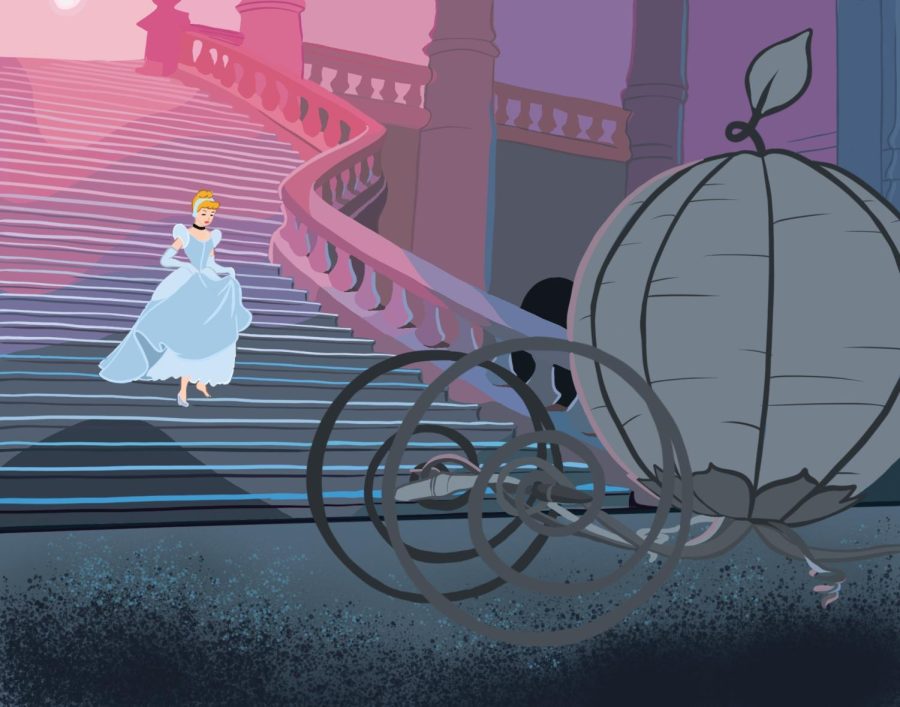Evanston author reveals hidden messages behind beloved fairy tales in latest book
Local author Anne Beall used data-driven research to reveal patterns reflective of modern social inequities across 169 of Grimms’ Fairy Tales.
July 20, 2022
In her latest book, “Cinderella Didn’t Live Happily Ever After: The Hidden Messages in Fairy Tales,” Evanston author Anne Beall used data-driven research to reveal patterns across 169 of Grimms’ fairy tales.
“Powerful characters are not generally female,” Beall said. “But when there are powerful female characters, they are generally evil.”
Beall analyzed each human-centered fairy tale and classified characters as active or passive, powerful or weak, victims or inflictors of suffering and good or evil. She said she discovered that treasured fairy tales statistically reflect modern gender disparities.
Beall found that active female characters in fairy tales are evil more often than not, from Cinderella’s stepmother to Snow White’s Evil Queen. She said these fairytales impact modern thinking.
“It’s going to be hard for powerful women to take their place in society when we have been encouraging people to distrust them,” Beall said.
In “Cinderella,” “Sleeping Beauty” and “Beauty and the Beast,” Beall said the high status of princes “saving” these victimized princesses through marriage sets up passive, female characters who are powerless in their situation.
Trustworthy, powerful female characters are missing in classic tales for children, Beall said. She said she would like to see new versions of beloved fairy tales.
“I like the idea of two people bringing as much to the table as one,” Beall said. “And at the end of the day, we never really get saved by anyone.”
“Finding Prince Charming,” “spoiled princesses” and even pursuing “happily ever after” remain in popular vernacular because fairy tales are part of Western culture. Beall said if one’s definition of “happily ever after” is finding a prince to marry, they should “take a look at what you’re also signing up for.”
Ultimately, Beall said, her takeaway is not to distrust fairy tales, but instead to look more critically and examine the hidden messages they may hold.
Sheri Reda, a Chicago resident who read “Cinderella Didn’t Live Happily Ever After,” said it was a fun and interesting read. Reda first heard about the book because Beall is a member of Reda’s writing group, but she ended up buying it because of her continued interest in the study of fairy tales since graduate school.
“It kind of opens or reopens your eyes to the extent … our values and our choices have sometimes been fed to us,” Reda said.
While there is intensive academic research into fairy tales, Reda said the information felt more accessible in Beall’s book. Reda recommended the book to general audiences who want reliable, researched information without scholarly jargon.
Barbara’s Bookstore at the Woodfield Mall in Schaumburg, Illinois, will host Beall for an event later this summer. Store manager Georgette Coan said she looks forward to having Beall at the store.
“We said right away, we’d love to have her here,” Coan said. “She’s going to hand-sell the book herself, which is different than our normal store events.”
Overall, Beall said she prefers to think of “happily ever after” as female characters finding their strengths, helping people and making a difference before finding an equally impressive companion.
“One criticism that people tend to lob in my direction is they say, ‘You obviously are a person who’s miserable and unhappy,’ and I would say that’s not true,” Beall said. “I would say I do believe in ‘happily ever after,’ as I am in my own.”
Email: [email protected]
Twitter: @annagracesouter
Related Stories:
— Natasha Trethewey reads from “Memorial Drive: A Daughter’s Memoir.”
— Alum Tara Stringfellow pulls from her roots in debut novel ‘Memphis’












